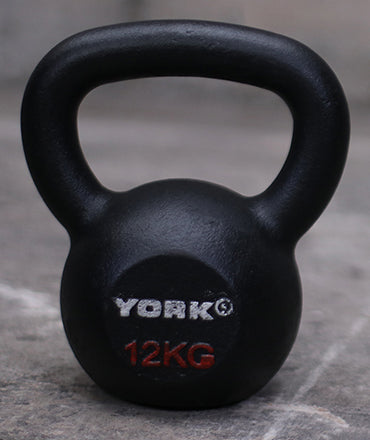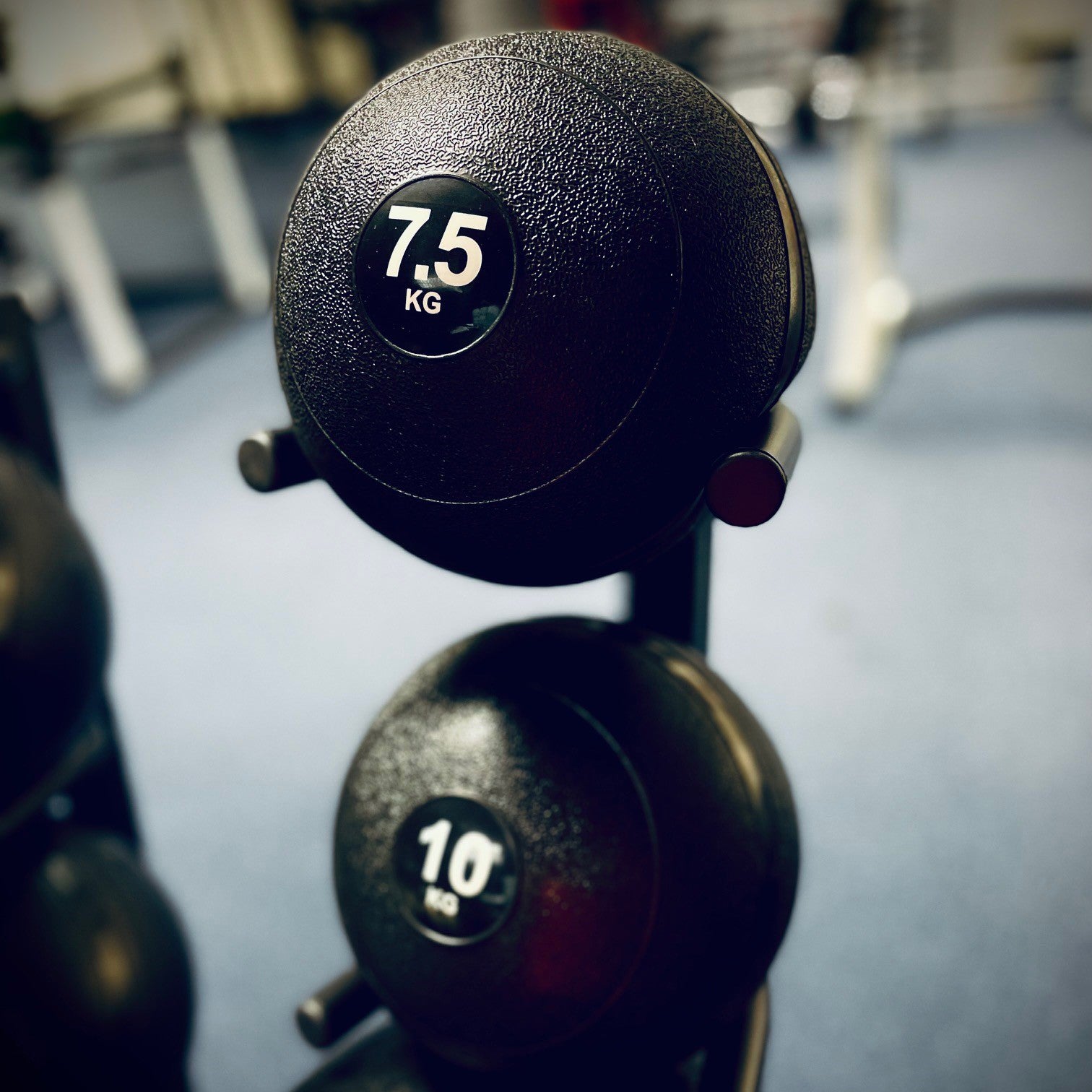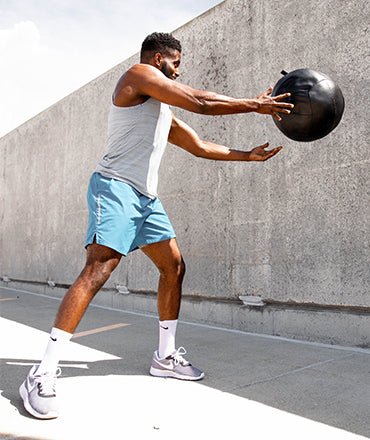Flexibility is a crucial component of overall fitness that often takes a back seat to strength and cardiovascular training. However, the science behind stretching and flexibility training reveals its profound impact on mobility, injury prevention, and enhancing athletic performance. In this deep dive into flexibility training, we will explore the physiological mechanisms behind stretching, different stretching techniques, their benefits, and how incorporating flexibility exercises can contribute to a well-rounded fitness routine.
The Physiology of Stretching
Before delving into the various stretching techniques, it's essential to understand the physiological processes that occur during stretching. Muscles are composed of fibres that can contract and relax. When muscles are consistently kept in a shortened position, either due to prolonged sitting or repetitive activities, they tend to lose their elasticity and become tight. Stretching helps counteract this tightness by lengthening the muscles, increasing flexibility, and promoting better range of motion.
There are two primary types of stretching: static and dynamic.
1. Static Stretching
Static stretching involves holding a stretch for an extended period, usually between 15 to 60 seconds. This type of stretching primarily targets the muscles and connective tissues, promoting an increase in overall flexibility. When a static stretch is held, muscle spindles—the sensory receptors within the muscle—signal the muscle to relax, allowing it to elongate gradually.
One of the key benefits of static stretching is the improvement of muscle and tendon flexibility, leading to increased joint range of motion. Additionally, incorporating static stretching in a cool-down routine can help reduce muscle soreness post-exercise.
2. Dynamic Stretching
Dynamic stretching, on the other hand, involves moving parts of your body through their full range of motion. Unlike static stretching, dynamic stretching is performed in a controlled, deliberate manner, often mimicking movements relevant to the activity or sport you are preparing for.
Dynamic stretching is particularly effective in warming up the body before engaging in more strenuous physical activities. It increases blood flow to the muscles, enhances joint flexibility, and prepares the body for dynamic movements. Unlike static stretching, dynamic stretching can also improve neuromuscular coordination, making it an excellent choice for athletes and individuals engaging in activities that require agility and quick reflexes.
Benefits of Flexibility Training
1. Improved Range of Motion
One of the primary benefits of flexibility training is the enhancement of range of motion in joints. Increased flexibility allows for a broader range of motion, making everyday activities more comfortable and reducing the risk of injury during physical activities.
2. Injury Prevention
Tight muscles are more prone to injury, as they are less adaptable to sudden movements or changes in direction. Flexibility training helps prevent injuries by ensuring muscles and connective tissues can withstand stress and strain without being strained beyond their limits. This is especially crucial for athletes and individuals participating in high-impact sports.
3. Enhanced Athletic Performance
Flexibility is a key component of overall athletic performance. Athletes in various disciplines, from gymnastics to football, can benefit from improved flexibility. Increased range of motion allows athletes to execute movements with greater precision, agility, and power. Moreover, flexibility training contributes to better posture, balance, and body awareness, all of which are essential for optimal athletic performance.
4. Better Posture and Alignment
Poor posture is a common issue in today's sedentary lifestyle, often leading to musculoskeletal problems. Flexibility training can help correct and prevent poor posture by elongating tight muscles and promoting better alignment of the spine and joints. Improved posture not only reduces the risk of chronic pain but also enhances overall well-being.
5. Stress Reduction
Flexibility training, particularly when combined with mindful practices such as yoga, can have stress-reducing benefits. The focus on controlled breathing and mindfulness during stretching exercises helps activate the parasympathetic nervous system, promoting relaxation and reducing stress levels.
Incorporating Flexibility Training into Your Routine
Now that we understand the science behind stretching and its benefits, let's explore how to incorporate flexibility training into your fitness routine effectively.
- Warm-Up with Dynamic Stretching
- Include Static Stretching in Your Cool-Down
- Incorporate Flexibility Training 2-3 Times per Week
- Listen to Your Body
- Combine Flexibility Training with Strength Training
Begin your workout or exercise routine with dynamic stretching to warm up your muscles and prepare them for more intense activity. Focus on movements that mimic the activity you are about to engage in. For example, if you're preparing for a run, incorporate dynamic leg swings and hip circles to warm up the lower body.
After completing your workout, take time for static stretching during your cool-down. Focus on major muscle groups, holding each stretch for 15 to 60 seconds. This helps prevent muscle stiffness, reduces post-exercise soreness, and contributes to long-term flexibility improvements.
To see significant improvements in flexibility, aim to incorporate dedicated flexibility training sessions into your weekly routine. This can include a combination of static and dynamic stretches, as well as activities like yoga or Pilates that naturally promote flexibility.
While it's essential to push yourself to gradually increase flexibility, it's equally important to listen to your body and avoid overstretching. Overstretching can lead to injuries, so progress at a pace that feels comfortable for you. As flexibility improves, you may find that you can gradually increase the intensity and duration of your stretches.
Flexibility and strength training go hand in hand. While flexibility training improves range of motion, strength training enhances stability and muscular support around joints. Combining both elements in your fitness routine creates a balanced approach to overall health and fitness.
Conclusion
The science of stretching and flexibility training reveals the profound impact these practices can have on our bodies. Whether you're an athlete aiming to enhance performance or someone seeking to improve overall well-being, incorporating flexibility training into your routine is a wise choice.
Understanding the physiological mechanisms behind stretching, the different types of stretching techniques, and the benefits they offer empowers individuals to make informed decisions about their fitness routines. From preventing injuries to improving posture and reducing stress, the positive outcomes of flexibility training extend far beyond simply touching your toes.
As we continue to delve into the science of fitness, it becomes increasingly clear that a holistic approach—combining flexibility, strength, and cardiovascular training—is the key to achieving optimal health and wellness. So, lace up your sneakers, roll out your yoga mat, and embrace the science-backed benefits of flexibility training for a healthier, more flexible you.






































